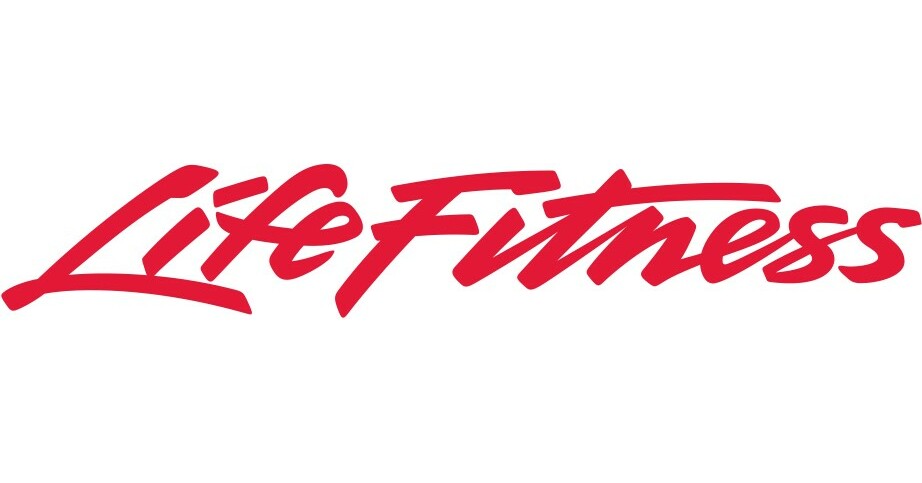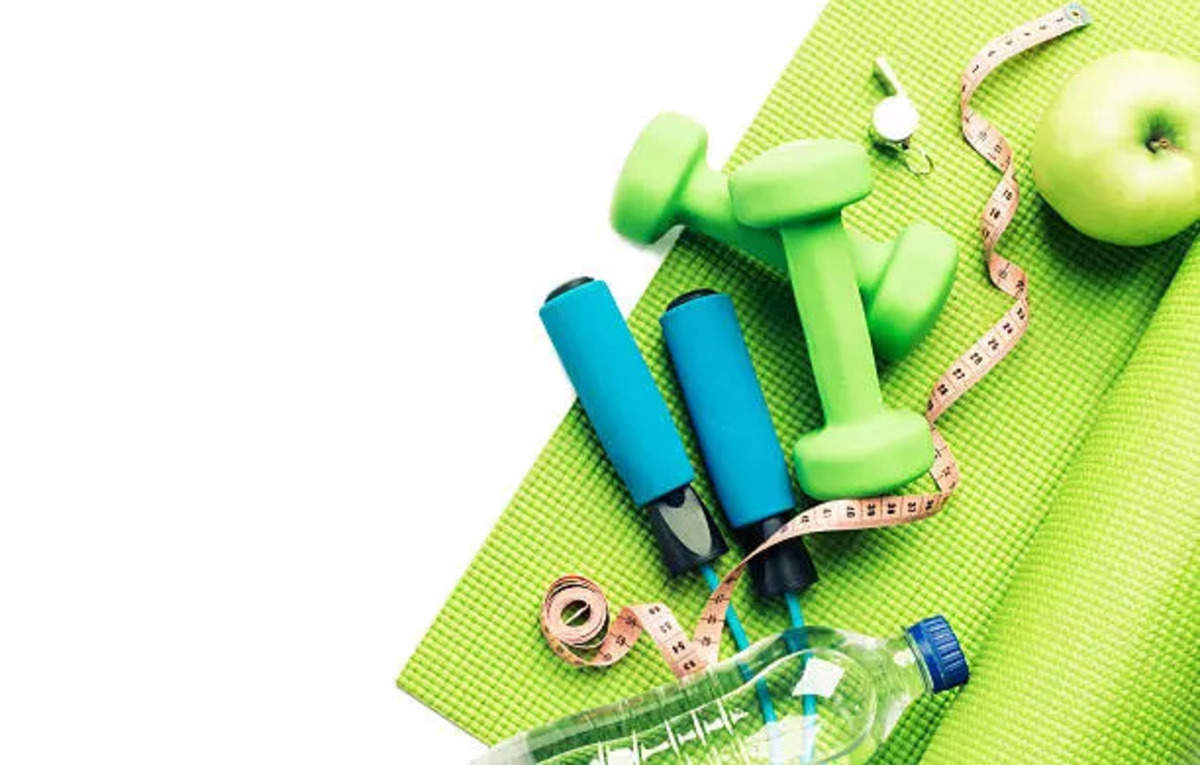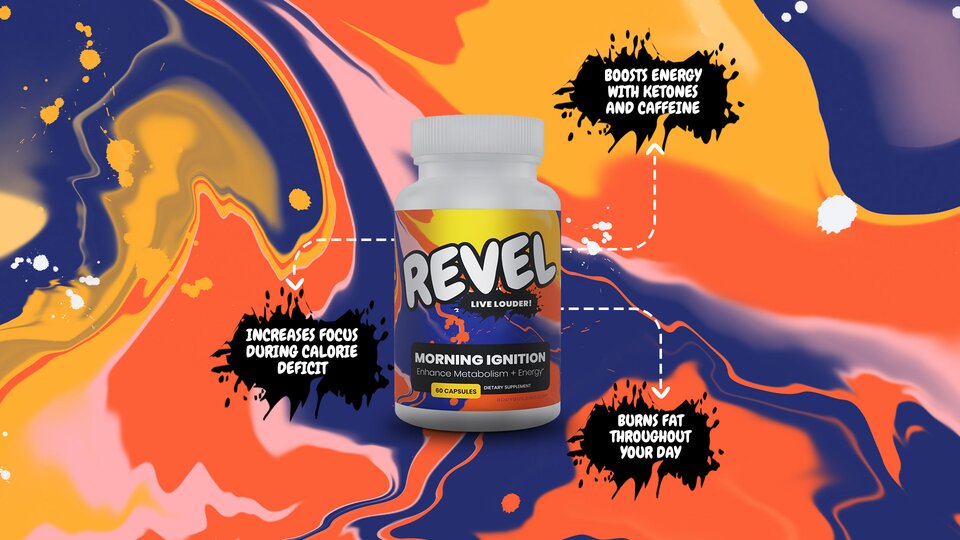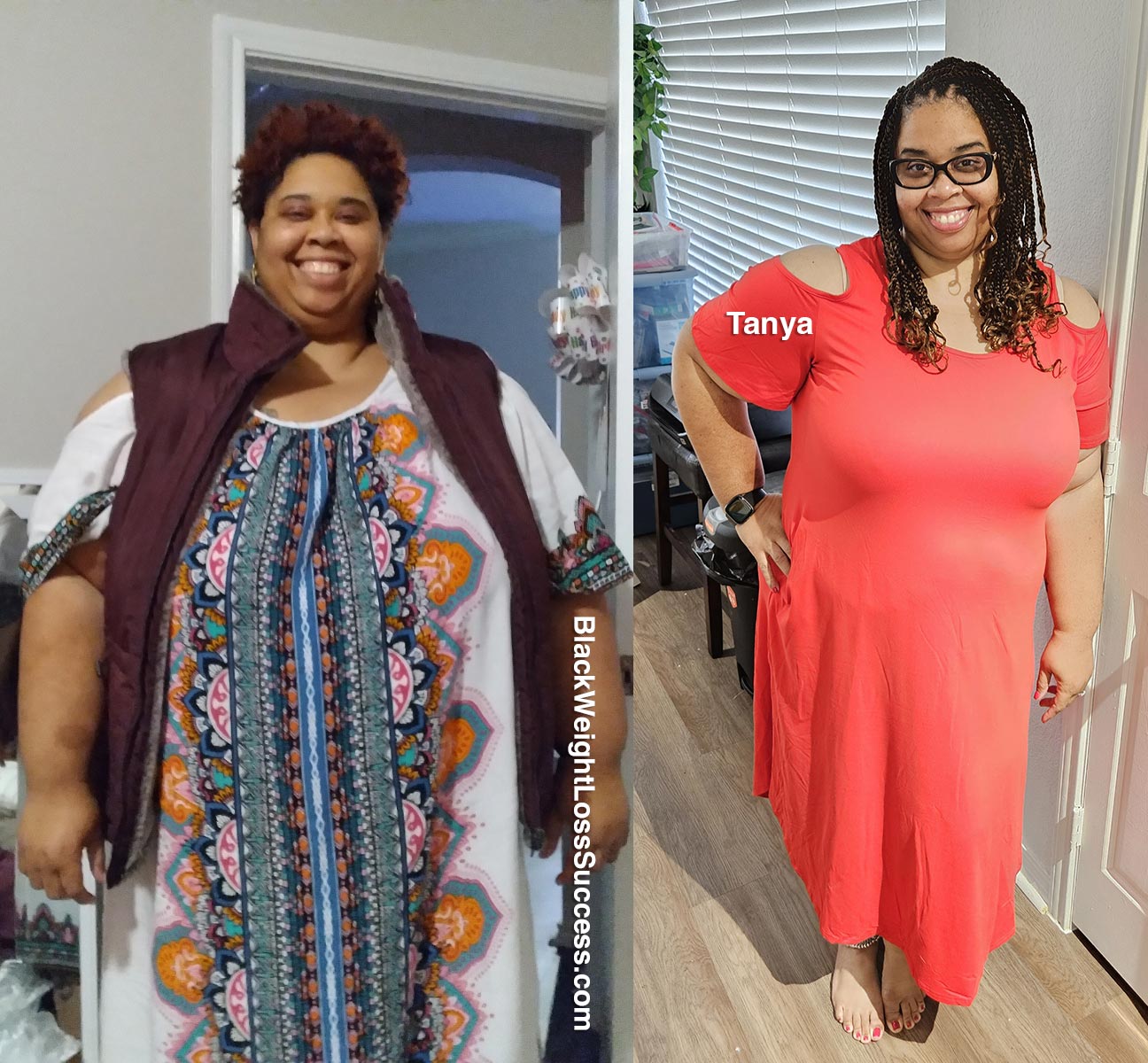Calling all fitness enthusiasts and home gym aficionados. Get ready to take your training to the next level with the most incredible home gym ideas and setups assembled. Today we’re diving deep into a world of inspiration and practicality, where fitness meets convenience within the confines of your own home.
Gone are the days of battling traffic to the gym or waiting for your turn on the machines. It’s time to bring the fitness center right to your doorstep. This article explores a curated selection of home gym ideas to make you rethink your training approach. From compact spaces that make the most of every square foot to sprawling setups that rival commercial facilities, we’ve got you covered.
Discover innovative equipment that saves space without compromising on functionality. Learn how to create a motivating atmosphere that fuels your drive to push harder and reach new heights. Whether you have a garage, a basement, or a spare bedroom, we’ll show you how to transform it into a personal fitness sanctuary that caters to your every need.
But don’t worry. We’re not just about fancy gadgets and eye-catching aesthetics. We understand the importance of practicality and budget-friendly solutions. We’ll provide tips and tricks to achieve a home gym that fits your lifestyle and financial constraints.
Whether you’re a seasoned fitness junkie or a beginner on a fitness journey, there’s something for everyone in our collection of the best home gym ideas.
Table of Contents:
- How To Design A Home Gym
- 4 Best Home Gym Ideas
- What Do I Need To Build A Home Gym?
- Where To Put A Home Gym
- Is A Home Gym Worth It?
- FAQs

How To Design A Home Gym
Designing a home gym requires careful consideration and planning. The perfect home gym will fit your fitness goals, available space, and personal preferences. Let’s explore the essential elements involved in designing a home gym.
1) Identify Your Goals:
Start by defining your fitness objectives. Are you focused on bodybuilding, powerlifting, cardiovascular workouts, or a combination of these? Knowing what you want to accomplish will help you select the right equipment and layout for your home gym.
2) Assess Available Space:
Evaluate the area you have dedicated to your home gym. It could be a spare room, basement, garage, or even a corner in your living area. Consider the dimensions, ceiling height, and any structural limitations that may impact your design choices.
3) Equipment Selection:
Choose equipment that aligns with your goals, available space, and budget. Home gym equipment can get expensive, so it makes sense to prioritize versatile pieces that can do more than one thing. Some gym equipment, like a squat rack, is an excellent option for any workout space.
4) Flooring:
Invest in suitable flooring that can withstand the impact of weights and equipment. Rubber flooring provides shock absorption and protects your existing flooring. Many people opt for horse stall mats found at Tractor Supply. Grabbing a yoga mat is a good option for ab exercises.
5) Climate Control:
Temperature regulation is critical regardless of the type of home gym you have and where you live. For example, garage gyms are notoriously hot in the summer and cold in the winter. Keep this in mind when designing your home gym. Having a home sauna is nice, but you don’t want your entire exercise room to feel like one.
6) Storage and Organization:
Plan for sufficient storage to keep your equipment, accessories, and workout gear organized and easily accessible. Consider shelves, cabinets, or wall-mounted racks to optimize space.

4 Best Home Gym Ideas & Setups
Since there are so many options for home gym setups, we are going to break them up into different categories. It doesn’t matter your situation. There is a home gym set up here that will work for everyone.
1) Best Small Home Gym Idea: Mat Fraser’s Old Basement Gym
When you only have a small space to work with, it’s natural to wonder how effective your training can be. Our first small home gym example is from Mat Fraser, the fittest man on earth.
As a 5x CrossFit Games Champion, he made the most of a 230-square-foot space. Here’s how you can too.

Image courtesy of Mat Fraser’s Facebook
Benefits
Wondering if a small home gym is best for you? Check out these benefits!
- Space Efficiency: A small home gym like Mat’s requires less space, making it ideal for those with limited room or living in smaller homes or apartments. You can create a functional workout area without sacrificing much of your house.
- Cost Savings: Since you only have a limited amount of space to work with, the upfront investment will be less. Mat had a lot of great stuff, but he had to prioritize essential equipment and accessories, avoiding unnecessary items.
- Minimal Maintenance: With fewer pieces of equipment, a small home gym like Mat’s requires less maintenance. Cleaning, organizing, and performing upkeep tasks become quicker and easier, saving you time and effort in the long run.
- Focus and Efficiency: In a small home gym, you have a more condensed workout environment. This can promote focus and efficiency in your training sessions as you have limited distractions and a streamlined setup. Plus, since CrossFit involves grouping exercises together, Mat’s gym made quick transitions between movements easy.
Drawbacks
Of course, with a small gym, there are a few drawbacks.
- Limited Equipment Variety: The most significant downside to a small home gym like Mat’s is the need for more equipment than you have room for. As a CrossFit Games athlete, Mat had to be ready for anything. However, a small home gym may only accommodate a narrow range of equipment due to space constraints. As mentioned, he had to prioritize certain pieces over others, limiting movement variety. This setup could be a drawback if you have specific fitness goals or require diverse training options.
- Ceiling Height Limitations: A small home gym may restrict your movement and exercise options, especially for activities that require more room, such as specific cardio exercises or full-body movements. For example, Mat could not do muscle ups, a staple CrossFit exercise in his gym, due to the low ceiling of the entire room. A low ceiling can also feel cramped, particularly if you share the space with others.
- Storage Challenges: With limited space, storing and organizing equipment in a small home gym can be more challenging. It may require creative solutions or multi-purpose furniture to keep the area clutter-free and maximize the available space. Mat had a storage unit that held weight plates, dumbbells, kettlebells, and medicine balls all in one.
Equipment ideas
For a smaller home gym, there are a few specific pieces of workout equipment you’ll want to make it come together.
1) Squat Stand:
A squat stand provides stability and safety for performing squats, bench presses, and other barbell exercises, allowing you to build strength. The benefit of a squat stand for small gyms is it takes up less space than a traditional squat rack.
The Body-Solid Pro Clubline Squat Stand is a great squat stand for your small home gym that won’t take up much space.
2) Barbell:
Every gym needs a barbell. A barbell is a versatile piece of equipment that enables you to perform compound movements like deadlifts, squats, and bench presses, facilitating full-body strength and muscle development.
I highly recommend the BoS Bar 2.0 as you’ll you a high-quality bar for a reasonable price. You can also learn more about the different barbells in our article on the 12 Types of Weightlifting Bars.
3) Bumper Plates:
Bumper plates are designed to be dropped, making them ideal for Olympic weightlifting. They protect the floor and equipment while allowing you to perform dynamic movements safely.
My top pick is a set of Fringe Sport Bumper Plates. They have a Durometer rating, killer warranty, and come at a great price, making the Fringe Sport bumper plates our top choice when looking at rounding out any home gym.
4) Air Bike:
An air bike provides a challenging cardiovascular workout by engaging both the upper and lower body simultaneously, helping to improve endurance, burn calories, and strengthen muscles. Plus, they only take up a little space.
Check out our article on the 8 Best Air Bikes to help you select one. You can’t go wrong with any on the list, but I particularly love the Blitz Air Bike.

The Blitz Air Bike is the definitive choice for your home gym. Belt driven with an oversized fan and comes standard with wind guard, bottle and phone holder and a super comfy seat…
5) Kettlebells:
Kettlebells offer a wide range of exercises targeting multiple muscle groups, improving strength, stability, and power. They are great for functional training, core strength, and athletic performance. The best part is they only take up a little space.
For more information on kettlebells, check out our article 11 Best Kettlebells For Home Gyms.
Other considerations
When building a small home gym, space will fill up fast. I recommend purchasing only one or two pieces of equipment at a time and seeing how it fits.

2) Best Garage Gym Idea: Jim Wendler’s Garage Gym
Jim Wendler is a renowned strength coach, powerlifter, and author of the 5/3/1 training program, which has gained popularity in the strength training community for its emphasis on simplicity, long-term progress, and sustainable training.
His garage gym is a lot like his programming – simple and effective. If you want to get big and strong, model your garage gym after Jim’s.

Image courtesy of JimWendler.com
Benefits
A garage gym is one of the best home gym ideas. And building one like Wendler offers several advantages over other home gyms.
- Space and Versatility: Garages often provide more space than other house areas, such as basements or bedrooms. Jim has a two-car garage with plenty of room for multiple pieces of equipment. This allows for greater flexibility in setting up your equipment, creating workout zones, and accommodating various exercises and training modalities. You can have a dedicated area for squats, bench presses, deadlifts, cardio, and functional training areas.
- Equipment Storage: Garages typically offer ample storage space, making organizing and storing your fitness equipment easier. You can keep your gym equipment neatly arranged, allowing for efficient use of space and minimizing clutter in other areas of your home. As you can see, Wendler’s garage is clean.
- Noise and Disturbance: The garage is a separate area from the main living spaces, which can help reduce noise and disturbance to other household members. This is especially important if your workouts involve activities like deadlifts or Olympic lifting that may generate more sound or vibration. Plus, you can jam some music out in the garage without bothering the rest of your family.
- Ventilation and Fresh Air: Garages often have better ventilation than other indoor areas, providing better airflow and fresh air circulation during workouts. A garage can be a more comfortable workout environment, especially during intense or sweaty sessions. On nice days, you can even open the garage door or move some of the equipment outside.
- Higher Ceilings: Higher ceilings allow for unrestricted movement during exercises that involve overhead motions, such as overhead presses, pull-ups, or Olympic lifts. You can perform these exercises without worrying about hitting the ceiling, providing a safer and more comfortable workout experience. Also, with higher ceilings, you can install taller equipment, such as squat racks, a punching bag, or power cages, without height limitations.
Drawbacks
A garage gym comes with a few things to keep in mind.
- Temperature Control: The biggest issue with garage gyms is temperature control. Garages are typically not well insulated or equipped with HVAC systems like basements or bedrooms, which can result in temperature extremes. During hot summers or cold winters, it can be challenging to maintain a comfortable workout environment without additional heating, cooling, or insulation modifications. Extreme temperatures or high humidity can affect equipment performance and your workout experience.
- Noise: If you live near other houses, noise from dropping weights or using loud equipment can be noticeable and disruptive to your neighbors.
- Nosy Neighbors: Speaking of neighbors, if you exercise with the garage door open, you are susceptible to neighbors bothering you. This might be fine for some, but it can be distracting for others.
- Limited Space for Multi-Purpose Use: Garages often serve multiple purposes, such as vehicle parking, storage, or DIY projects. If this is an issue, consider using half of your garage as a gym and keep the other half for other uses.

Equipment ideas
Here are a few pieces of equipment inspired by Jim Wendler’s garage gym.
1) Barbells:
It’s hard to get big and strong without a barbell. The good news is, with a garage gym, you have the space to grab a few different barbells that you can rotate in or out depending on the exercise.
We’ve put together a complete guide on different barbells in our guide: What Barbell Should I Buy? Start with the one that best suits your needs and then you can add 1-2 more specialty bars.
2) Squat Rack:
A squat rack is an essential component of a garage gym that offers safety and stability for performing heavy compound exercises such as squats, overhead presses, and barbell lunges.
It allows for adjustable barbell heights, spotter arms, and safety catches, providing a secure environment for lifting heavier weights and enhancing muscle development.
You can get a folding squat rack for your garage gym to save space. I really like the Force USA MyRack Folding Power Rack. You don’t have to bolt it to a wall and enables you to make better use of all of your gym space.

The Force USA Folding MyRack Power Rack is the first fully folding power rack system of its kind. Configure your modular base rack with your choice of 10 attachments to suit the way you train…
Check out our article on the 8 Best Folding Squat Racks to help you pick out the best one for your garage.
3) Trap Bar:
The trap bar, also known as a hex bar, is a specialized piece of equipment that offers a unique training experience. It allows for exercises like trap bar deadlifts, shrugs, and farmer’s carries, placing less stress on the lower back while targeting multiple muscle groups.
The trap bar can be particularly beneficial for individuals with back issues or those new to deadlifting, so take a look at our article going over the 9 Best Trap Bars to grab one for your garage gym.
4) Bench Press:
A bench press is an integral part of a garage gym setup, providing the ability to perform a wide range of upper body exercises, including bench presses, incline presses, chest flies, and seated shoulder presses. It targets the chest, shoulders, and triceps, allowing strength development, muscle hypertrophy, and improved upper-body pushing strength.
The Powerline Foldable Weight Bench is a solid bench press option for your garage gym since, like the squat rack, it helps save space to have something foldable. You can check out more great options in our article featuring the 9 Best Weight Benches.
5) Weight Vest:
There are many weight vest benefits. Incorporating a weight vest into your garage gym allows for increased resistance during bodyweight exercises, such as push-ups, pull-ups, squats, and lunges.
They add an extra challenge to your workouts, helping to improve strength, endurance, and overall fitness levels. Weight vests can be adjusted to suit different fitness levels and provide a portable option for weighted training.
I like Cap’s Adjustable Weighted Vest, which enables you to continuing adding weight as you get stronger.
Other considerations
Building a garage gym offers a lot of versatility for training and equipment selection. There is a garage gym community online, so you have many resources for garage and home gym equipment ideas as you continue your build.
3) Best Basement Gym Idea: Basement Brandon’s Gym
Brandon Campbell Diamond is a popular fitness YouTuber, powerlifter, and basement gym advocate. Brandon is known for his informative content, product reviews, and love for thirty-five-pound plates.
His basement gym is one of the best you will find online. It’s elaborate and rivals a commercial facility, but it will provide quality ideas for your basement gym build.
https://www.youtube.com/watch?v=/AEkJij9SIxY
Benefits
Having a basement gym like Brandon’s offers several benefits over other forms of home gyms:
- Climate Control: Basements tend to have more consistent temperatures than garages or outdoor spaces. They are often cooler in the summer and warmer in the winter, providing a comfortable workout environment year-round.
- Noise Control: Basements are typically separated from the main living spaces, offering increased privacy and minimizing disturbances to other household members. You also won’t have to worry about upsetting the neighbors when you do early morning deadlifts, meaning you get more focused workouts without worrying about noise or interruptions.
- Reduced Exposure to Elements: Unlike outdoor or garage gyms, basement gyms offer protection from external elements such as rain, snow, wind, or extreme heat. This ensures that your equipment remains in good condition and prolongs its lifespan. Plus, the weather won’t dictate your training experience.
Drawbacks
While a basement gym has its advantages, there are also some drawbacks to consider compared to other forms of home gyms.
- Limited Natural Light: Basements typically have limited access to natural light, which can create a darker and potentially less motivating workout environment. Additional artificial lighting may be required to ensure adequate visibility during workouts.
- Potential Moisture and Humidity: Basements can be prone to higher humidity levels and moisture issues, which can pose challenges for maintaining equipment and overall cleanliness. Proper moisture management measures such as dehumidifiers, adequate ventilation, and moisture barriers may be necessary to prevent mold, mildew, and equipment damage.
- Limited Ventilation: Basements may have limited airflow and ventilation compared to other areas of the house. This can result in poor air quality and potential stuffiness during workouts.
- Accessibility: Depending on the layout of your home, accessing the basement gym may require going through different areas of the house and navigating staircases. Getting equipment down there can be more complicated than having a gym in a ground-level space like a garage or bedroom.

Image courtesy of Garage Gym Lab
Equipment ideas
When it comes to your basement gym, there are a few pieces of equipment that can take your workouts to the next level.
1) Deadlift Bar:
A deadlift bar is an excellent option if you’re serious about powerlifting. With its thinner diameter and longer length, it’s designed to help you crush deadlifts and other heavy-pulling exercises. Plus, they are used in some powerlifting federations.
Our pick for the best deadlift bar is the Titan Series Deadlift Bar for its tremendous value at a reasonable price. This bar has a tensile strength of 200,000 PSI, a bar length of 90.5 inches , loadable chrome sleeve length of 16.25 inches, and a maximum weight capacity of 2000lb.
Head to our article on the 6 Best Deadlift Bars for more great choices.
2) Exercise Bike:
Don’t let bad weather or lack of outdoor space hinder your cardio gains. An exercise bike in your basement gym provides a convenient and effective way to pedal your way to cardiovascular fitness. It’s low-impact, easy on the joints, and keeps you burning calories like a pro cyclist, all from the comfort of your home.
A recumbent bike can be a great addition to a basement gym, especially for those with joint issues or rehabbing an injury.
Take our pick from our 11 Best Recumbent Bikes to find the right one for you. I recommend the Comfort R Bike, which includes upper and lower handlebars, different seat settings, and heart monitor sensors.

The Horizon Comfort R is the exercise bike that anyone can ride. The fully adjustable saddle and ergonomic grips mean that you’ll get a smooth and comfortable workout…
3) GHD (Glute-Ham Developer):
Want to sculpt a posterior killer chain and build core strength? Look no further than the GHD machine. It’s your ticket to killer glutes, hamstrings, and lower back muscles. With exercises like glute-ham raises and back extensions, you’ll be on your way to developing a strong, well-rounded physique that turns heads.
I think the best overall GHD for your home gym when it comes to budget, adjustability, and ruggedness is the Force USA GHD. It comes with wheels, so you can move it around your basement with ease. It also features band attachments for added resistance using another piece of equipment we recommend for basement gyms.
For more great options, head to our article that features the 7 Best GHD Machines.
4) Dumbbells:
Regarding versatility, dumbbells are the ultimate weapon in your basement gym. From presses to rows, lunges to curls, these bad boys precisely target every major muscle group.
Not only do they help you build strength, but they also tackle those imbalances and develop those stabilizer muscles, leaving you with a physique that’s as balanced as it is powerful. They’re a home gym staple, so check our our article on the 11 Best Dumbbells to grab the set best suited for your lifting needs.
My personal favorite? The Titan Fitness rubber hex dumbbells, featuring rubber-coated hexagonal heads for an easy grip and a wide range of weight options.
5) Resistance Bands:
Don’t underestimate the power of these little giants. Resistance bands may seem simple, but they deliver serious results.
Whether adding resistance to bodyweight exercises or amplifying your traditional weight training movements, they provide that extra challenge throughout your range of motion.
They’re lightweight, portable, and perfect for improving muscle activation, strength, and flexibility. In addition to garage gyms, they make great equipment for a bedroom or yoga studio as well.
For our pick of the best options out there, read our article on the 11 Best Resistance Bands.
Other considerations
Basement gyms offer a lot of space and room for a great workout. When purchasing equipment, just be mindful of ceiling height. Most traditional squat racks won’t fit in a basement.

4) Best Outdoor Home Gym Idea: Marcus Filly’s Back Yard Gym
Marcus Filly is a well-known CrossFit athlete, coach, and entrepreneur. He gained recognition for exceptional performance in the CrossFit Games and has become a prominent figure in the fitness industry.
Marcus is known for his “functional bodybuilding” approach to training, emphasizing functional movements, balanced athleticism, and integrating muscle-building principles into programming. If you see any of his videos, his fantastic backyard gym is fully displayed.
https://www.youtube.com/watch?v=/O5lYe17ise4
Benefits
Having outdoor equipment is a cool home gym idea, and it offers several unique benefits over other forms of home gyms:
- Natural Environment: Exercising in an outdoor gym’s fresh air and natural surroundings can enhance your mood, motivation, and overall well-being. The connection with nature can provide a refreshing and invigorating workout experience
- Vitamin D Boost: Outdoor gyms allow you to soak up the sun and get a natural dose of vitamin D, essential for bone health, immune function, and overall vitality
- Open Space and Freedom: Outdoor gyms typically offer more open space than indoor settings, allowing for a greater range of movement and exercise variety. It provides the freedom to perform functional movements, sprints, agility drills, and outdoor-specific activities like rope climbing or outdoor circuit training.
- Fresh Air and Improved Air Quality: Exercising in an outdoor gym promotes better air circulation and ventilation, improving air quality compared to indoor spaces. Because of this, you can have a more pleasant and refreshing workout experience, especially for those with respiratory sensitivities.
- Family Bonding: With various exercise options and equipment designed for all ages, outdoor gyms enable you to engage in diverse workouts that promote full-body strength, motor skill development, and cardiovascular fitness. Training with your kids in an outdoor gym offers the perfect blend of family bonding and active outdoor experiences. It strengthens the family bond and provides a fun and playful environment for fitness.
Drawbacks
While outdoor gyms offer unique advantages, there are also some drawbacks to consider when comparing them to other forms of home gyms:
- Weather Dependency: Outdoor gyms are susceptible to weather conditions, which can limit your training opportunities. Rain, extreme temperatures, or inclement weather can make it challenging or even unsafe to exercise outdoors, disrupting your workout routine.
- Equipment Limitations: Outdoor gyms typically offer a limited range of equipment compared to indoor home gyms. While they often include basic exercise stations and bodyweight apparatus, they may lack specific equipment or machines commonly found in indoor gyms, limiting the variety and versatility of your workout.
- Privacy and Distractions: Exercising in an outdoor gym setting may lack the privacy and focus of training in a dedicated indoor space.
- Maintenance and Durability: Outdoor gym equipment is exposed to the elements, which can lead to wear and tear over time. Depending on the quality and care of the equipment, it may require regular upkeep or replacement, adding potential costs and effort.

Image courtesy of Eleiko
Equipment ideas
Let’s get in to the equipment you’ll need to make this gym come to life.
1) Barbell:
Having barbells in your outdoor gym provides a versatile strength training tool. The only thing is, you need a place to store them to keep them out of the elements.
Even if you do store it away from the elements, it’s still a good idea to invest in something rust-resistant for an outdoor gym.
The chrome makeup of the Synergee Open Barbell means it won’t rust easily, and it can be used for everything from heavy powerlifting to lighter Olympic lifts in CrossFit-style workouts.
2) Weight Sled:
Incorporating a weight sled into your outdoor gym routine adds a dynamic element to your workouts. It allows you to perform pushing and pulling exercises, enhancing cardiovascular endurance, building lower body strength, and improving power and explosiveness.
To maximize all the benefits of a sled and truly complete your outdoor gym, take your pick from the 7 Best Weight Sleds. You can’t go wrong with any of them, but I particularly like the Titan High-Low Push Pull Sled, which is both solid and functional.
3) Battle Ropes:
Battle ropes are a fantastic addition to an outdoor gym, offering a high-intensity cardio workout while engaging the upper body muscles. Utilizing battle ropes helps improve cardiovascular fitness, endurance, grip strength, and overall muscular conditioning.
Have a question about battle ropes? We have you covered with our article: What Size (Length And Thickness) Battle Rope Should I Get?
4) Outdoor Pull-up Bar:
Having an outdoor pull-up bar in your gym provides an excellent opportunity for upper body and core strengthening. Pull-ups target the back, shoulders, and arms while engaging the core muscles. They help improve grip strength, promote upper-body muscle development, and enhance overall functional strength.
You need a pull-up bar that can withstand the elements, so here’s a list of the 7 Best Outdoor Pull-up Bars to choose from. The Stamina Outdoor Power Tower, which was designed with the outdoors in mind, is chip and erosion resistant and rust-proof with UV protection.

Weather-resistant, paint-chip and corrosion resistant with UV protection to maintain vibrant color. Bars for push-ups, pull-ups, sit-ups, chin-ups…
Other considerations
An outdoor gym is one of the best home gym ideas. If you have a backyard that works and temperatures that make sense for it, try it.
What Do I Need To Build A Home Gym?
To build a home gym, you will need the following:
- Equipment: It’s hard to have a home gym without fitness equipment. Determine the essential equipment based on your fitness goals, such as cardio machines (treadmill, stationary bike), strength training equipment (dumbbells, barbells, bench), and accessories (resistance bands, stability ball yoga mat). Start with the basics and gradually expand your collection.
- Budget: Set a budget that fits your financial situation by considering the cost of everything you need – equipment, flooring, storage solutions, etc. Be mindful of balancing quality and affordability. Keep in mind, you don’t need everything right from the start. You can add to your gym over time.
- Space: Assess the available space in your home. Ensure there is enough room for the equipment and movement during workouts. Consider ceiling height, flooring requirements, and ventilation as well.
- Time: Allocate time for research, shopping, and setting up your home gym. Be patient and allow yourself enough time to create a functional and inviting workout space.
- Safety Measures: Prioritize safety by using proper flooring to absorb impact, ensuring equipment stability, and having adequate lighting. Take precautions to prevent injuries and create a safe workout environment.
- Entertainment and Motivation: Enhance your workout experience by incorporating entertainment elements like a TV, music system, wall art, or motivational posters. Create an atmosphere that energizes and inspires you to stay consistent with your fitness routine.

Where To Put A Home Gym
When deciding where to put your home gym, there are several factors to consider to ensure the best location for your fitness sanctuary. First and foremost, assess the available space in your home. Depending on your home type, whether a house, apartment, or condo, you’ll need to work with the available square footage and layout.
Consider the weather conditions in your area. If you live in a region with extreme temperatures or inclement weather, having your home gym indoors might be more practical than in an outdoor space like a garage or backyard. You can get a consistent and comfortable workout throughout the year.
Think about your home’s floor plan and layout, and choose a location with enough room for your equipment, sufficient lighting, and proper ventilation. Consider the proximity to electrical outlets for powering your gear and the ability to install mirrors to monitor form and technique.
Noise can be a significant consideration, especially if you live in an apartment or have neighbors nearby. Choose a location where the noise generated from your workouts will have minimal impact on others. You can opt for equipment with noise-dampening features or use rubber mats or flooring to minimize noise transmission.
Ultimately, your home gym’s “best” location will depend on your specific circumstances and preferences. It’s essential to balance available space, budget, convenience, and practicality to create a home gym that suits your needs and allows you to pursue your fitness journey with ease and enjoyment.

Is A Home Gym Worth It?
Building a home gym is an investment that is worth it. First and foremost, the convenience and accessibility factors cannot be overstated. No more wasting time commuting to the gym or waiting in line for equipment. With a home gym, you can work out whenever it suits your schedule. It’s all about maximizing your time and fitting fitness seamlessly into your busy life.
Privacy and comfort are also significant advantages of a home gym. You can sweat it out in your own space without worrying about others watching or judging. Crank up your favorite tunes, set the temperature to your liking, and enjoy an environment tailored to your needs. It’s a genuinely personalized fitness experience.
Now, let’s talk about how much a home gym costs. Sure, building a home gym requires an upfront investment, but here’s the thing: it pays off in the long run. No more monthly gym membership fees draining your bank account.
You make a one-time investment in equipment that lasts, and that’s it. The cost-effectiveness, in the long run, is undeniable. Plus, consider the time you save by not driving to the gym. Time is money. You can learn even more about this in our article: Is It Cheaper To Have a Home Gym or Gym Membership?
Speaking of personalized experiences, that’s another significant advantage of a home gym. You have complete control over the equipment, layout, and atmosphere. You can handpick the gear that aligns with your fitness goals and set up the perfect workout space to optimize your workouts.
And here’s a bonus: a home gym is for more than just you. It’s for the whole family. Get your loved ones involved, create a space for shared fitness experiences, and foster a healthy and active lifestyle together. It’s an opportunity for bonding and making memories, all while staying fit and strong.

FAQs
In case we left anything out, here are some answers to popular home gym questions.
How much is a home gym?
The cost of a home gym can vary widely depending on factors such as the equipment selected, quality, and brand. A basic home gym setup can start around a few hundred dollars, while more elaborate home gyms can range into several thousand dollars.
Can I put a home gym upstairs?
It depends on your home’s structural integrity and the floor’s weight-bearing capacity. Consult a professional to ensure that your home can safely accommodate the weight and impact of the equipment. If you are only going to have cardio equipment, you should be fine.
Can I put a treadmill in my home gym?
Absolutely, a treadmill is a popular and versatile piece of cardio equipment that can be included in a home gym setup, provided you have enough space. These 10 Best Folding Treadmills are great no matter your gym set up.
Is it safe to drop weights in a home gym?
Dropping heavy weights in a home gym is generally not recommended, as it can damage the rubber flooring or surrounding structures. If you plan to do Olympic lifting, which requires dropping weights, do so on a lifting platform with bumper plates.
What is the best home gym setup?
The best home gym setup depends on your fitness goals and preferences. It typically includes a mix of cardio and strength training equipment that aligns with your specific needs, space availability, and budget.

Turn These Home Gym Ideas Into A Reality
In conclusion, creating a home gym is not just about building a workout area – it’s about unleashing your creativity and making it remarkable. With imagination and ingenuity, you can transform your home gym or exercise room into a space that reflects your unique style and motivates you to reach new fitness heights.
Feel free to let your personality shine through in your home gym design. Spend time researching equipment so every piece in the gym is there for a specific reason. Your home gym is more than just a place to break a sweat. It’s a haven where you can push your limits, improve your health, and find solace in pursuing your fitness goals.
Your fitness journey awaits, and with a cool home gym setup, the possibilities are endless!
Ready to get started building your home gym? Invest in one of these 10 Best Squat Rack Options, along with one of these 15 Best Barbells. And for additional information on home gym pricing, check out our article: How Much Does A Home Gym Cost?


































